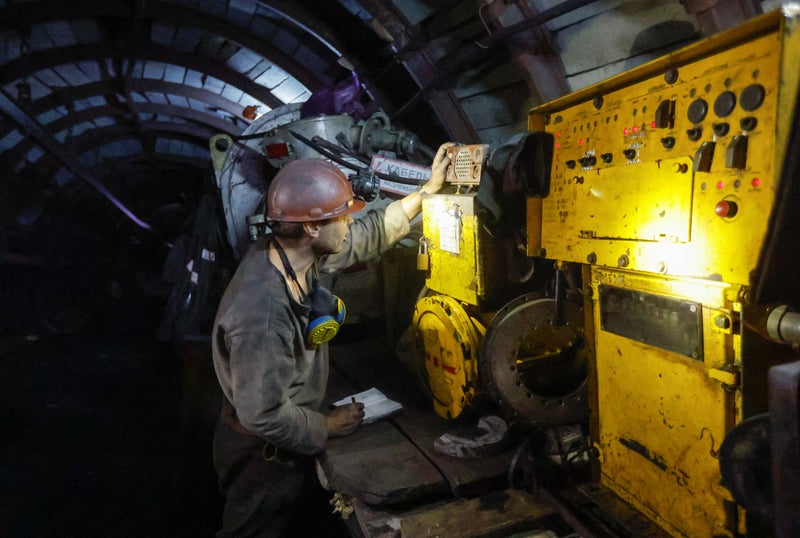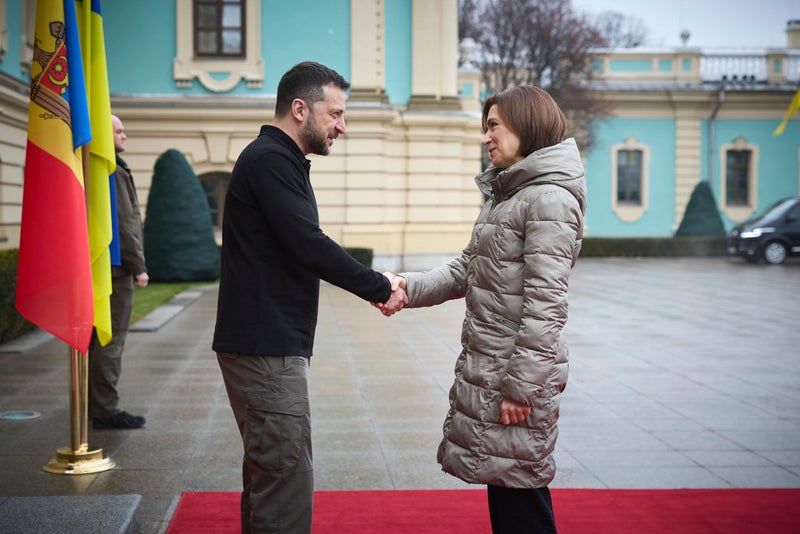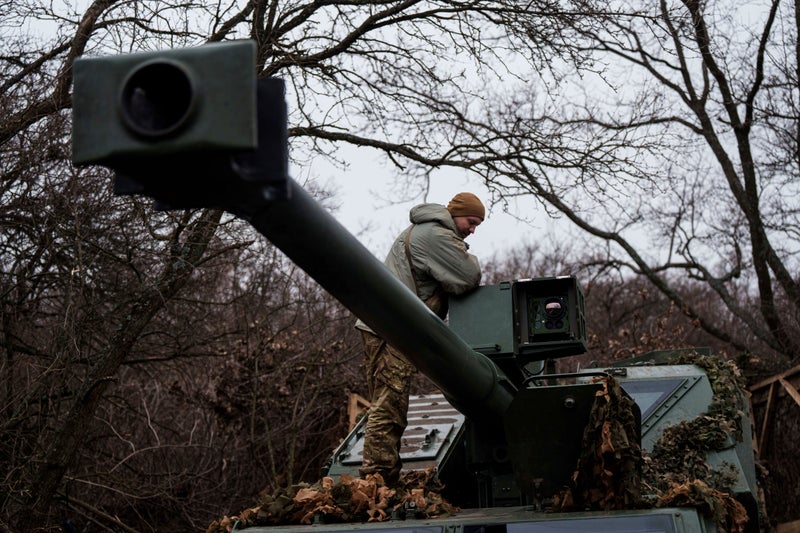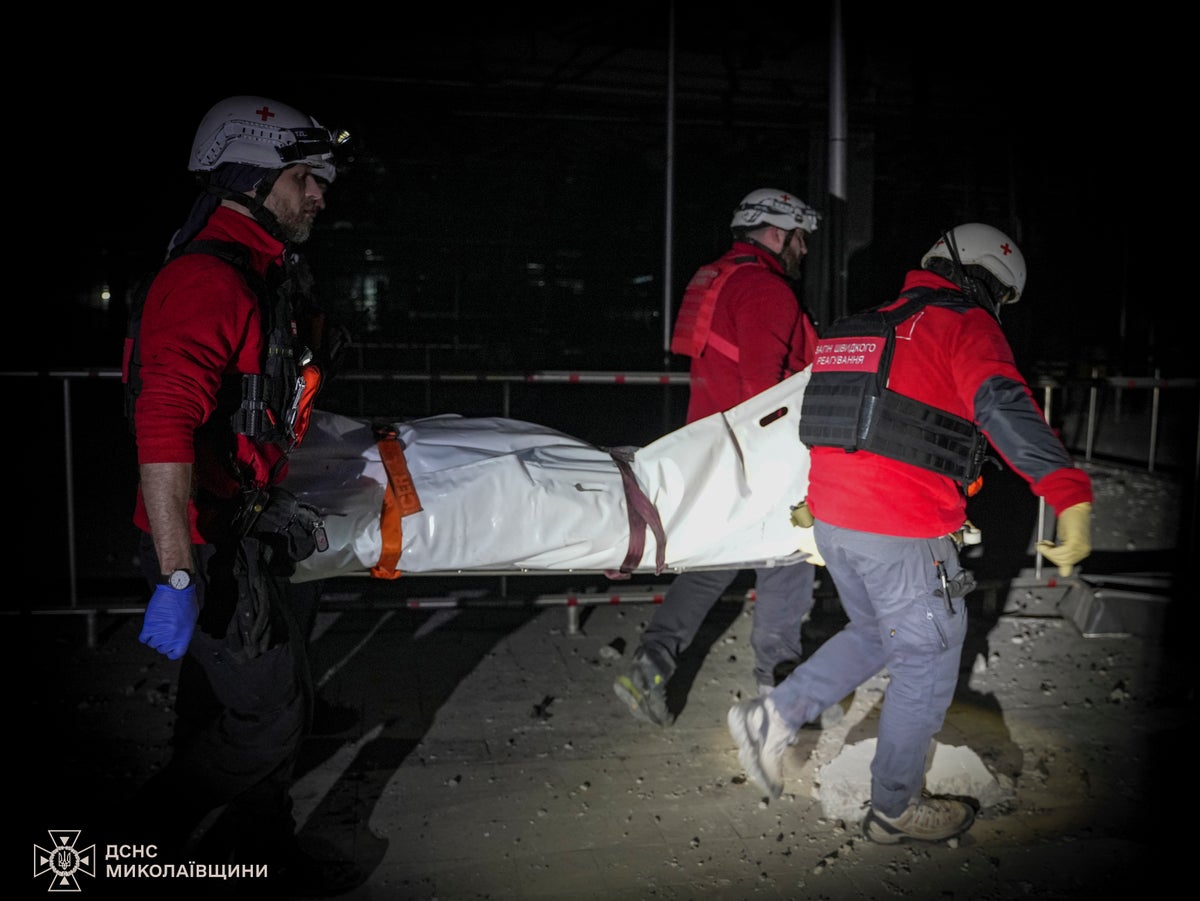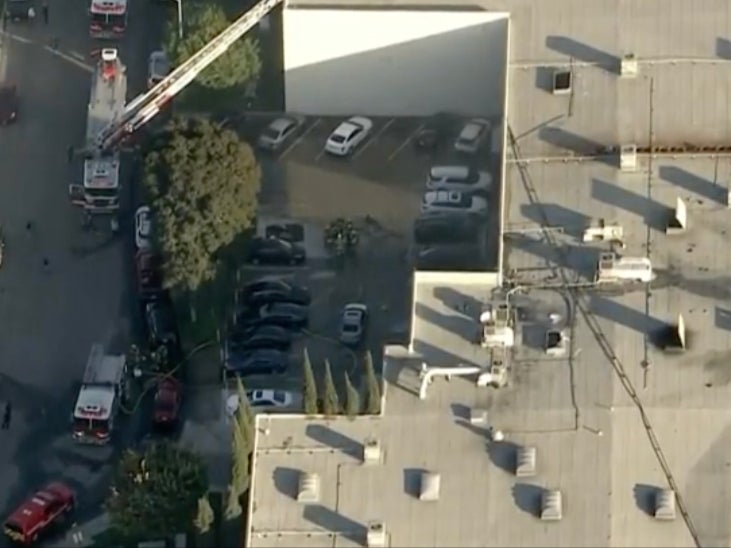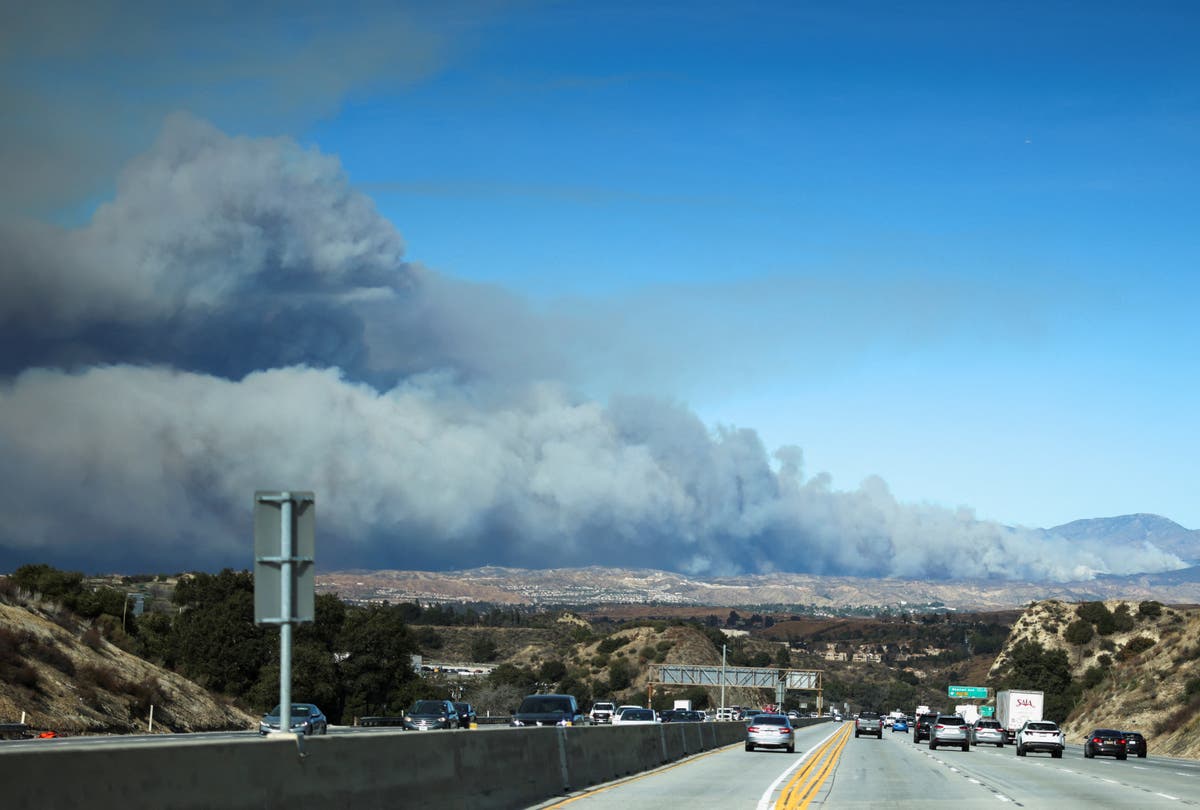Mapped: Where are Ukraine's rare earth mineral resources and why does Trump want them?
Mapped: Where are Ukraine's rare earth mineral resources and why does Trump want them?
Share:
More than 50 per cent of Ukraine’s critical rare earth mineral resources are in regions illegally annexed by Vladimir Putin and partially occupied by his forces. US president Donald Trump has announced he wants Ukraine to pay for financial and military support by affording Washington access to the country’s vast but untapped rare earth minerals. He said on Monday he wants “equalisation” from Ukraine for the US’ “close to $300 billion” in support.
![[A map provided by Ukrainian group UnitedMedia 24 shows the location of critical mineral resources across the country]](https://static.independent.co.uk/2025/02/04/14/00/00ee556c84055df77da5dde731fe452f.png)
“We're telling Ukraine they have very valuable rare earths,” Mr Trump said. “We're looking to do a deal with Ukraine where they're going to secure what we're giving them with their rare earths and other things.”. The Kremlin jumped on the comments, saying it demonstrated the US is no longer willing to provide free aid to Kyiv, before adding, unsurprisingly, that it was against Mr Trump giving any help to Ukraine whatsoever.
Below, we look at where these resources are in Ukraine, and why Kyiv has struggled to mine these minerals. Ukraine is sitting on one of Europe’s largest deposits of critical minerals, including lithium and titanium, much of which is untapped. Ukrainian president Volodymyr Zelensky has been trying to develop these resources, estimated to be worth more than £12 trillion, based on figures provided by Forbes Ukraine, for years.
In 2021, he offered outside investors tax breaks and investment rights to help mine these minerals. These efforts were suspended when the full-scale invasion started a year later. Anticipating the notoriously transactional Mr Trump might take an interest in this, Mr Zelensky then placed the mining of these minerals into his victory plan, which was drawn up last year. The minerals are vital for electric vehicles and other clean energy efforts, as well as defence production.
Estimates based on government documents suggest that Ukraine’s resources are also highly varied. Foreign Policy found that Ukraine held “commercially relevant deposits of 117 of the 120 most-used industrial minerals across more than 8,700 surveyed deposits”. Included in that is half a million tonnes of lithium, none of which has been tapped. This makes Ukraine the largest lithium resource in Europe.
It is not surprising that Mr Trump appears keen on benefiting from this, especially as China remains a key player in the mining of minerals such as titanium. But Vladimir Putin’s invasion has not only delayed Ukraine’s plans to mine these minerals, it has also led to much of these resource-rich areas being destroyed and then occupied. A little over £6 trillion of Ukraine’s mineral resources, which is around 53 per cent of the country’s total, are contained in the four regions Mr Putin illegally annexed in September 2022, and of which his army occupies a considerable swathe.
That includes Luhansk, Donetsk, Zaporizhzhia and Kherson, though Kherson holds little value in terms of minerals. The Crimean peninsula, illegally annexed and occupied by Mr Putin’s forces in 2014, also holds roughly £165 billion worth of minerals. The region of Dnipropetrovsk, which borders the largely occupied regions of Donetsk and Zaporizhzhia, and sits in the face of an advancing Russian army, contains an additional £2.8 trillion in mineral resources.
Russian difficulties with major military operations seem likely to preclude a serious attempt to take the region but mining operations in the area would be perilous with Moscow’s soldiers so close. Other ores are well within the sites of Russia’s forces. One lithium ore on the outskirts of a settlement called Shevchenko in Donetsk is less than 10 miles from the town of Velyka Novosilka, recently captured by Mr Putin’s troops.
